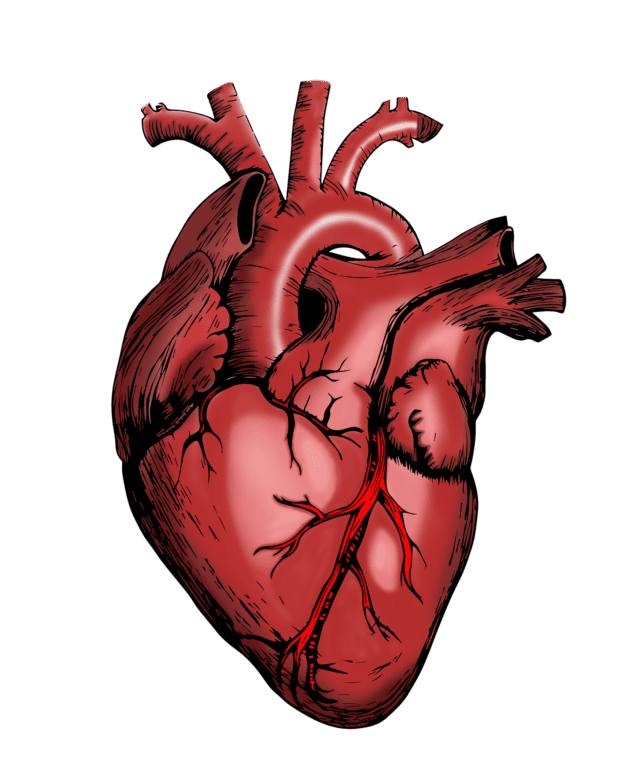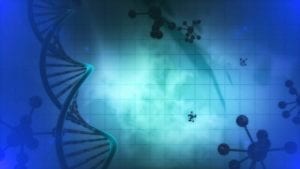Andrew is a pretty tough kid – he had already undergone four open heart surgeries by the time he was three years old. Now, at age 21, he’s added two new procedures to his list: heart and liver transplants. You might be wondering, why has Andrew required so much treatment over the course of his life? The answer is hypoplastic left heart syndrome (HLHS).
About HLHS
Now there’s a new question you’re probably asking: what is hypoplastic left heart syndrome? HLHS is a rare birth defect that sees the left side of the heart form incorrectly. This interrupts normal blood flow. Symptoms are severe and typically appear soon after birth. They include poor feeding, seeming drowsy or inactive, rapid and difficult breathing, gray/blue tinted skin, and cold hands and feet. In some cases, babies with HLHS can go into shock and pass away. After doctors diagnose this birth defect, surgical procedures to correct the abnormalities or a heart transplant are the proper treatments.
Andrew’s Story
Doctors noticed the characteristic signs of HLHS when Andrew was born – his skin was a grayish-blue color, along with his nails and lips. He received the proper diagnosis, and by the time he was four, he had already undergone three open heart surgeries. Fast forward fifteen years, and he’s added numerous catheter-based cardiac procedures to his treatment list, many of which were performed by Dr. Evan Zahn at Cedars-Sinai.
Since these last procedures, Andrew’s health had declined again. He ended up so short of breath that he was told to come to the emergency department at Cedars-Sinai. The situation was severe; there were blood clots in his heart, which was no longer pumping. It was then that Andrew’s doctors knew that a heart transplant was his best chance.
As this team had been treating Andrew for the entirety of his life, they also knew that he had accrued scarring and fibrosis on other organs over the years. Because of this, he developed a condition referred to as passive hepatic congestion, which stopped proper liver function. This meant that Andrew also needed a new liver.
After these decisions were made, there were months and months of waiting. There’s a shortage of organs, meaning that nobody knew when the ones that Andrew needed were going to become available. So for six months, his team tried everything to stop his health from deteriorating and to keep him alive.
Then they got the best call – a liver and heart were ready for Andrew. It was an especially beautiful moment for the family, as the call came on Easter Sunday.
The next step was the operation itself, which took around 12 hours. Now, he’s feeling much, much better. In his own words,
“Now, with my new organs, I feel great—like a new person. I feel really grateful and blessed for the wonderful team that has been behind me.”
He’s excited to live his life and enjoy the simple things, like having a meal with his loved ones. Want to read more about his story? You can find it at Newswise.







